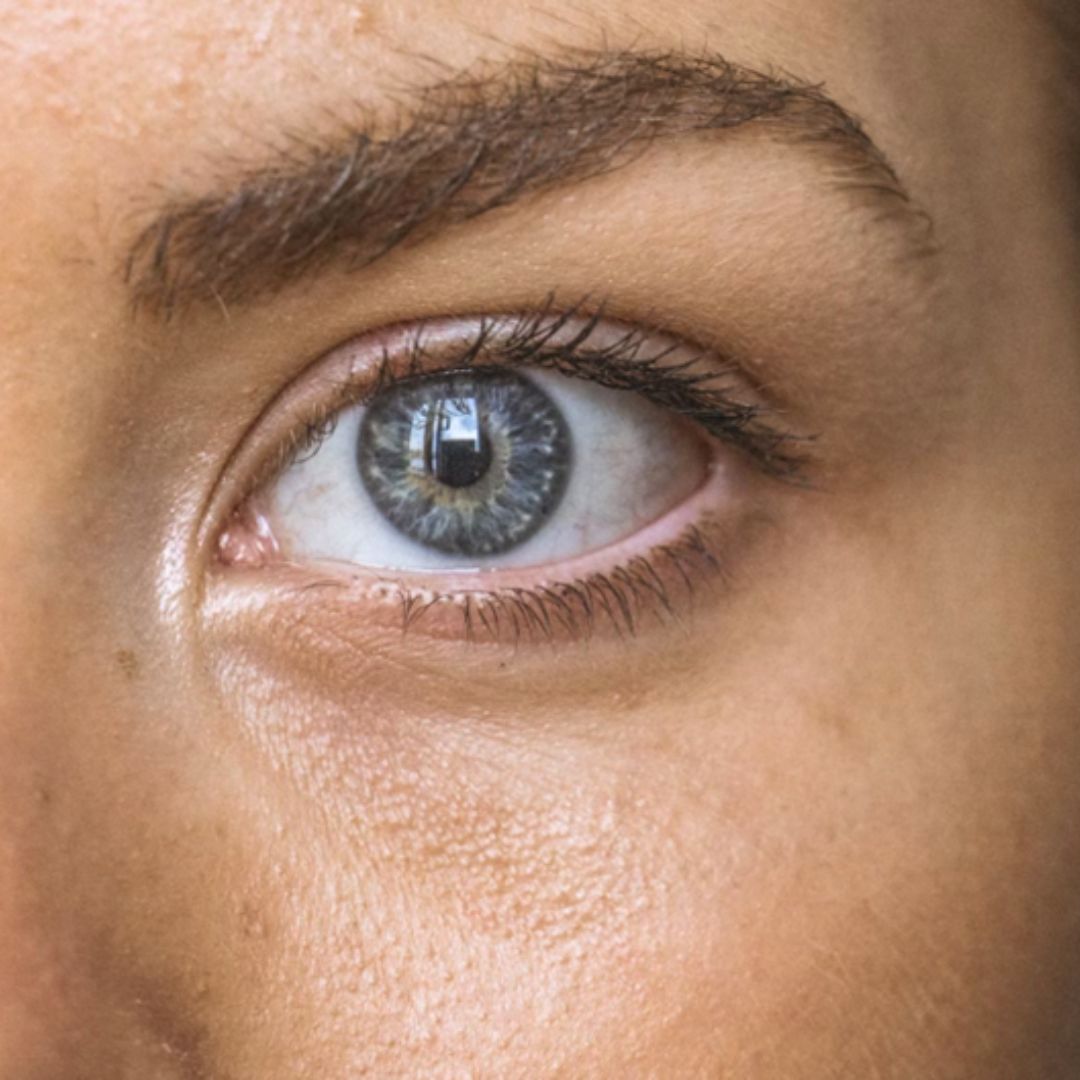Dry Eye & Age: Is It Just an Aging Problem?
Dry eye disease (DED) is a common condition that can cause discomfort, blurred vision, and even long-term damage if left untreated. While traditionally associated with aging, dry eye is becoming increasingly prevalent among younger individuals because of modern lifestyle factors, particularly screen use.
Is dry eye mainly an age-related issue, or is it also a big concern for younger people? Eye Wares looks at how age affects dry eye. It also discusses the symptoms to watch for and how to manage it well.
Dry Eye and Aging: A Natural Connection
Historically, dry eye disease has been most commonly associated with aging adults, particularly those over the age of 50. As people age, tear production naturally declines, leading to inadequate lubrication of the eyes. In addition, hormonal changes, especially in postmenopausal women, can contribute to decreased tear quality and quantity, making them more susceptible to dry eye symptoms.
Aging also brings changes to the meibomian glands, which produce the oil layer of the tear film. When these glands become clogged or dysfunctional, it leads to faster tear evaporation, exacerbating dryness. Other factors, such as medication use (antihistamines, blood pressure drugs, antidepressants), chronic health conditions (diabetes, rheumatoid arthritis), and reduced blinking, all make dry eye a frequent complaint among older adults.
Is Dry Eye Becoming a Bigger Issue for the Younger Generation?
While dry eye remains prevalent among older adults, younger individuals, particularly those in their 20s and 30s, are experiencing symptoms at increasing rates. One of the biggest culprits? Screen time.
Excessive use of smartphones, tablets, and computers leads to digital eye strain, which can contribute to dry eye. Studies show that when people stare at screens, they blink less frequently, sometimes only 5 to 7 times a minute compared to the 15 average. This reduced blinking rate means the tear film isn’t replenished as often, leading to faster tear evaporation and dryness.
Another contributing factor is environmental conditions. Many younger people work in air-conditioned offices, where dry air can worsen eye irritation. Additionally, the rise of contact lens use among younger individuals may also play a role, as contacts can absorb moisture from the eyes, leading to discomfort and dryness over time.
Common Symptoms of Dry Eye Disease
Regardless of age, dry eye disease presents with similar symptoms, including the following.
- Persistent dryness: A gritty, scratchy sensation in the eyes.
- Burning or stinging: Irritation that may worsen in windy or air-conditioned environments.
- Redness and inflammation: Eyes may appear bloodshot and feel sore.
- Blurry vision: Difficulty focusing, especially after prolonged screen use.
- Sensitivity to light: Increased discomfort in bright lighting.
- Excessive tearing: Ironically, some people with dry eyes experience excessive tearing as the eyes try to compensate for dryness.
Symptoms may be mild or severe, with some individuals experiencing chronic discomfort that affects daily life.
Eye Health: Managing Dry Eye Across All Ages
The good news is that dry eye disease can often be managed with lifestyle changes, home remedies, and medical interventions. Try these strategies.
- Blink more frequently: If you spend long hours on screens, make a conscious effort to blink more often to keep your eyes lubricated.
- Follow the 20-20-20 rule: Every 20 minutes, take a 20-second break and look at something 20 feet away to reduce strain.
- Use artificial tears: Over-the-counter lubricating drops can provide relief and keep eyes moisturized.
- Stay hydrated: Drink plenty of water to support tear production.
- Adjust your environment: Use a humidifier to add moisture to dry indoor air and avoid direct air blowing from fans or vents.
- Limit contact lens wear: If contacts are contributing to dryness, switch to daily lenses or talk to an eye doctor about alternative options.
- Consult an optometrist: For persistent symptoms, professional treatment such as prescription eye drops, tear gland therapy, or specialized in-office treatments may be necessary. Work with your eye doctor or schedule an eye exam to get a comprehensive treatment plan.
Wrapping Up: Dry Eye Prevalence Across Age Groups
Dry eye disease is more common in older adults because of natural changes in tear production. However, it is also becoming a bigger problem for younger people. This is because of more screen time and modern lifestyle factors. No matter your age, spotting the symptoms early and managing dry eye can help avoid long-term pain and harm.
Searching for “eye doctors near me” because of persistent dry eye symptoms? Schedule an appointment with Eye Wares today to determine the best treatment for your specific needs.


